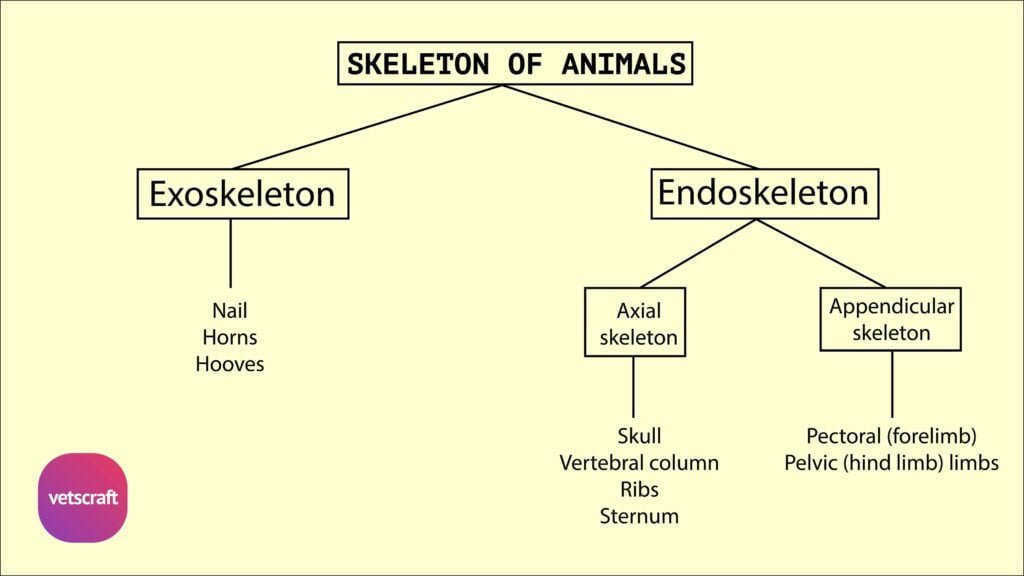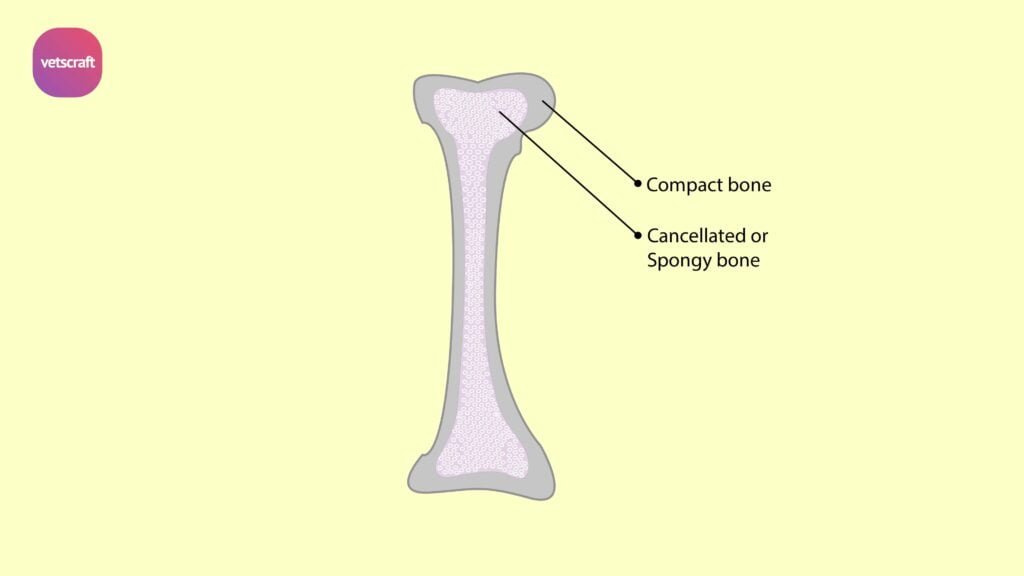- The bones of the vertebral column are serially articulated by their bodies and by the neural processes. Most of the joints are articulated by some common or common variety of ligaments and therefore called as common vertebral articulations.
- The common vertebral articulations are of two kinds –
- Intercentral– those formed between the bodies of the vertebrae
- Interneural– those formed between articular processes of adjacent vertebrae.
- Associated with these joints are ligaments, some of which extend the whole length of vertebral column-the common ligaments and some are restricted to a single joint-the special ligaments.
TABLE OF CONTENTS
Ox
Intercentral articulations
These are amphiarthroses formed the bodies of adjacent vertebrae.
Ligaments
- Inter-vertebral discs-Each of these is made up of fibro cartilage and is interposed between the bodies to which it is intimately attached. These discs are thinnest in the dorsal, thicker in the cervical and lumbar and thickest in the coccygeal region. Each consists of a peripheral fibrous (annulus fibrosus) and a soft central pulpy substance (nucleus pulposus). There are joint cavities in the cervical intercentral joints, in those between the last cervical and first thoracic and between last lumber and first sacral joints.
- The ventral longitudinal ligament: It lies along the ventral faces of the bodies of vertebrae and the intervertebral discs to which it is firmly attached. It is strongest in the lumbar region where it is blended with the crura of the diaphragm. It begins from about the seventh dorsal as a thin band, becomes gradually thicker and wider behind and terminates on the pelvic face of the sacrum. In the anterior dorsal (in front of seventh dorsal) and the cervical regions, it is replaced by the longus colli muscle.
- The dorsal longitudinal ligament: It is a ribbon like white fibrous band extending from the sacrum to the axis along the floor of the spinal canal intimately attached to the superior faces of the intervertebral discs. In each vertebra, it is narrow in the middle and wider at the extremities.
Interneural articulations
- These are diarthroses formed between the articular processes. The articular surfaces are extensive flat and oval in the cervical region; small and flat in the thoracic region, while in the lumbar region the anterior ones are concave and the posterior convex. They are arthrodia in the neck and back and trochoidin the lumbar region.
Ligaments
- Capsular ligament surrounds the joint.
- Ligamenta flava connects neural arches of the adjacent vertebrae.
- Interspinousbetween the spines of the contiguous vertebrae.
- Intertransverse-between the adjacent of the transverse processes in the lumbar region.
- The supraspinous ligament is an elastic ligament extending from the sacrum to the occipital bone consists of a dorso- lumbar and a cervical part.
- The dorso-lumbar part starts from the sacral spines where it is blended with the dorsal sacroiliac ligament and is attached all along its course to the summits and the first dorsal is continued by the cervical part.
- The cervical part or ligamentum nuchae consists of right and left parts, which are continuous with the dorso-lumbar parts. Each division of the cervical part is made up of dorsal funicular portion and a ventral lamellar portion.
- The funicular parts of the two sides run forwards and are inserted to the external occipital protuberance.
- The lamellar parts is thick is made up of anterior and posterior divisions. The anterior division is paired (right &left), its fibres proceed from the funicular part and becomes inserted to the neural spine of second, third and fourth cervical vertebrae.
- The posterior division is single and its fibres arise from the first dorsal and are inserted to the neural spines of the fifth, sixth and seventh cervical vertebrae. The ligamentum nuchae assists the extensors of the head and neck.
Motion
- Dorsal, ventral and lateral flexion and rotation.
- The range of movement in a single joint is small, but the sum of the movements is considerable.
- The movements are free in the cervical and coccygeal regions whereas movement is restricted in the thoracic and lumbar regions.
Horse
- The dorso-lumbar part of supraspinous ligament is made up of white fibrous tissue. The ligamentum nuchae is less developed. The lamellar parts are undivided and are inserted to the neural spines of the second to the sixth cervical.
- Intertransverse articulations are present in the lumbar region. These are peculiar to equidae. These are arthrodia between the transverse processes of the sixth and wing of sacrum and also between the transverse processes of the sixth and the fifth. It may also be present between those of the fourth and fifth. There is a tight joint capsule reinforced ventrally by fibrous tissue.
Dog
- The ligamentum nuchae is narrow fibrous band and interspinous muscles replace interspinous ligaments.

